When you think of artistic expression, what creative activity comes to mind? Painting and drawing are two of the most common forms used by both aspiring artists and experienced professionals alike. But if these mediums seem so similar, then what is it exactly that distinguishes them from one another? In this blog post we will explore the differences between painting and drawing in terms of composition, techniques, media use, and the overall process. We hope that after reading this post you have a better understanding on how to tackle your next creative project!
What is Drawing?
Drawing is an art form in which one creates a representation of an object or environment through the use of pencils, pens, markers, pastels and other media. It can be used to express emotions, communicate ideas or simply provide pleasure. Drawing also has practical applications such as technical illustration and architectural plans. Regardless of its application, drawing is an essential part of any creative process. [1]
Drawing is a form of visual expression that can be used to explore and understand the world around us. Through drawing, we learn to observe our environment in more detail and become aware of the relationships between objects. We also gain an understanding of how perspective and composition can affect our perception of these objects. Drawing can even help people to uncover hidden talents or develop new artistic skills.
Drawing is an incredibly versatile art form that can open up many creative possibilities. With practice and dedication, anyone can develop the skills necessary to create beautiful works of art. Whether your goal is to make a career out of it or just express yourself through sketching, drawing will provide you with endless hours of enjoyment and artistic growth. [2]
Types of Drawing
Line Drawing
Line drawing is a type of artwork that uses basic lines and shapes to create images. It can be used to draw anything from simple line art, to complex compositions with multiple elements. With the help of light and shadow, even the most basic line drawings can be made to look lifelike and realistic. [3]
Perspective Drawing
Perspective drawing is a type of art technique used to represent three dimensional objects on a two dimensional surface. By using various techniques, artists can create the illusion of depth and distance in their artwork. The most common usage for perspective drawing is in architectural illustration, where it is used to illustrate buildings and other structures from different angles.
Contour Drawing
Contour drawing involves drawing the outline of an object or figure. It is a useful skill to have when creating artwork, as it requires the artist to be able to accurately capture the shape and profile of an object with just a few lines. Contour drawing can also be used for shading and shadowing in order to create depth in a piece.
Shading Drawing
Shading is one of the most important elements of drawing. It is used to create depth, texture and shadow in a drawing. Different techniques can be used for shading such as hatching, cross-hatching, stippling and blending. Each technique requires different levels of skill to master, but once mastered can add a great deal of realism to drawings.
Freehand Drawing
Freehand drawing is a type of drawing that is done without the use of any tools or reference materials. It relies on the artist’s eye and hand to create lines, shapes and textures. This type of drawing can be used for both quick sketches as well as larger pieces that require more detail. It takes time and practice to become proficient in freehand drawing, but it can be a very rewarding experience.
Digital Drawing
Digital drawing is a type of artwork that combines traditional drawing techniques with the use of digital media. This could include using drawing tablets, styluses and computer programs to create artwork. With digital drawing, it is possible to quickly produce complex drawings as well as manipulate them with ease. It has become increasingly popular in recent years and is seen as a great way to create artwork without the need for traditional materials.
Collage Drawing
Collage drawing is a type of art where multiple images are combined in order to create one larger image. This can be done either by cutting out and rearranging existing images or by combining different media such as paint, ink and paper. It can be used to create abstract artwork or representational images. By combining different materials and techniques it is possible to create unique and interesting pieces of art.
Sculptural Drawing
Sculptural drawing is a type of art that combines drawing with sculpture. It involves creating three dimensional works of art using different media such as clay, plaster, wire and papier mache. Sculptural drawing can be used to create highly detailed works of art, as well as simpler abstract pieces. It requires a great deal of skill and practice in order to master the technique.
Ink Drawing
Ink drawing is an art form that uses ink as its main medium. This type of drawing usually involves creating intricate designs or patterns with different types of lines, shapes and textures. It can be used to create highly detailed pieces of art, as well as more abstract works. Ink drawing is popular among artists due to its versatility and the range of different effects it can produce.
Watercolor Drawing
Watercolor drawing is a type of artwork in which watercolors are used to create an image or design. This type of drawing can be used for both representational and abstract pieces. Watercolors are a versatile medium that allow the artist to produce vibrant colors, delicate shading and interesting textures. It requires patience and skill to master watercolor drawing, but the results can be stunning.
Calligraphic Drawing
Calligraphic drawing is an art form that involves using calligraphy tools such as brushes, pens and ink to create artwork. This type of drawing is often used to produce beautiful lettering or intricate designs. By using different techniques and tools, the artist can create highly detailed pieces of art with a unique aesthetic. It requires time and practice in order to become proficient in calligraphic drawing. [4]
What Techniques are Used in Drawing?
Drawing is a form of expression that allows the artist to combine an array of techniques and media. Different types of drawings have their own unique styles, tools, and methods that can be used to create artwork. Some common drawing techniques include:
- Sketching is a quick way to explore ideas or capture concepts in visual form. It’s a great way to practice values, forms, and shapes without worrying about the finished product.
- Shading is used to represent light and shadow on the surface of an object or figure. This can be done by adding light and dark areas with pencils, charcoal, markers, or other drawing tools.
- Cross Hatching involves the use of intersecting parallel lines to create tonal or shading effects. It can add texture and atmosphere to a drawing, as well as give it more depth and dimension.
- Blending is used to create a smooth transition between tone values in drawings. This technique can be done with a brush, paper stump, or your finger and is often used to blend tones in graphite pencil drawings.
- Stippling is a technique that involves creating small dots of varying sizes to simulate the tonal values of a drawing. This can be done with pens, markers, or pencils and is often used to create detailed textures and patterns in drawings.
- Contour drawing is a method of capturing the outline of an object on paper. It’s a great way to practice proportion, gesture, and line quality in a drawing.
- Perspective is used to create the illusion of depth and distance in drawings. This technique can be applied to landscapes, interiors, and other types of scenes by using vanishing points or horizon lines. [5]
What Tools are Used in Drawing?
Drawing requires a variety of tools, depending on the type and complexity of the artwork being created. Among the most popular options are:
- Pencils: Whether it’s a standard graphite pencil or a more specialized tool like charcoal, pencils are the foundation of many drawings. They can be used to create both subtle shading and bold lines.
- Pens: Fine-tipped pens are great for detailed artwork that requires precision, while thicker markers may be better for making broad strokes.
- Brushes: Bristle brushes can be used to paint broad strokes, while softer brushes are better for delicate shading.
- Markers: Some markers are designed for use on paper and other surfaces, while others may require a special type of ink or surface.
- Pastels: Chalk pastels can produce interesting effects and vibrant colors. They’re often used for backgrounds and larger areas.
- Charcoal: Charcoal pencils are great for creating deep, dark shadows. They can also be used to create subtle shading and interesting textures.
- Erasers: Erasers are an essential tool for any artist, as they allow you to make corrections or remove excess lines from your artwork.
- Airbrush: An airbrush can be used to create smooth, even layers of color.
- Digital Drawing: With the advent of digital drawing technology, artists now have access to a wide selection of tools and software that allow them to create stunning artwork from the comfort of their own homes. From basic painting programs to professional-grade art suites, there’s something for everyone. Digital tools used in drawing range from basic computer programs such as Microsoft Paint to more sophisticated software like Adobe Illustrator or CorelDraw.
- 3D Printing: 3D printing technology has made it possible for artists to create sculptures, figurines, and other objects with complex shapes that would otherwise be impossible to make by hand. 3D printers can also be used to create detailed architectural models.
- Graphics Tablets: A graphics tablet is a specialized input device that allows users to draw directly onto the computer screen with a stylus. This type of device is great for those who want to create artwork digitally, as it provides more precision and control than traditional mice or trackpads. [6]
What Online Programs to Draw Exist?
Online drawing programs can provide learners with amazing tools and resources to develop their artistic skills. Some of the most popular online programs to draw include Adobe Photoshop, Autodesk Sketchbook Pro, Paint.NET, GIMP, Krita, Inkscape, Blender 3D, and Adobe Illustrator.
For those interested in comic book creation, webcomic programs like Comic Life or Toon Boom Studio are great options. These programs allow users to easily create comic books and manga with a few clicks of the mouse.
If you’re looking for something more abstract, programs like ArtRage 5 or Procreate offer a wide range of tools and features to help bring your artwork ideas to life. These programs provide an intuitive interface that makes it easy to create professional-looking art in minutes. [7]
What is Painting?
Painting is an art form that involves using various mediums to create a visual representation of a scene or idea. It can involve creating works on canvas, paper, wood, glass, or any other material that allows for the application of color and texture. Paintings can be abstract or representational, as well as expressive or decorative. They are typically created with brushes, oils, markers, acrylics, watercolors, and other mediums. Paintings are considered to be one of the oldest art forms in existence and can be found in virtually every culture throughout history. [8]
Painting has traditionally been used as a way to capture memories or tell stories. It is also seen as an expression of emotion or personal feelings. As a result, many painters have used their artwork as a form of self-expression. This type of painting is often referred to as “Abstract Expressionism”.
Painting is a skill that can be learned with practice and dedication. There are various forms of painting, from oil painting to watercolor. Each comes with its own set of techniques and materials that must be mastered before a piece can be considered complete. Artists must also be familiar with color theory and composition in order to create a successful painting. Fortunately, there are plenty of resources available for those who wish to learn more about painting and its various techniques. With the right amount of practice, anyone can become an exceptional painter! [9]
Types of Painting
Painting can be broken down into two primary categories: abstract and representational. Abstract painting is often non-objective, with the artist using color, texture, and brushstrokes to create a unique composition. Representational painting is more realistic, in which the artist is trying to realistically depict a subject or scene.
Within these two main categories are various other forms of painting, such as impressionism, surrealism, cubism, and more. We can also distinguish the following types of painting:
Oil Painting
Oil painting is one of the most popular and common types of painting. It involves using oil as a medium, usually linseed or walnut oil. Oil paints can be used to create vibrant colors and unique textures with a thick, glossy finish. The paint can be applied in thin layers if desired, for a more transparent effect. This type of painting is most often used on canvas, and requires time to dry before it can be finished.
Acrylic Painting
Acrylic painting is a relatively new type of painting that has become more popular in recent years. It involves using acrylic paint as a medium, which comes in liquid form or as pre-mixed tubes. The colors are vibrant and the glossy finish is long-lasting. The paint dries quickly, allowing for fast and easy applications. Acrylic painting is also versatile, as it can be used on canvas, wood or walls.
Watercolor Painting
Watercolor painting is a type of painting that involves using water-based paints to create beautiful effects with layers of transparent color. This type of painting was historically used for maps and illustrations, but has become increasingly popular in the art world. Watercolor paints can be applied with brushes, sponges or other tools to achieve a variety of effects.
Gouache Painting
Gouache painting is similar to watercolor painting, as it uses an opaque pigment suspended in water. However, gouache does not have the transparency of watercolor, as it is more heavily pigmented and has a thicker texture. Gouache paints are often used for illustrations because of their opacity, as well as for fine art painting.
Tempera Painting
Tempera painting is an ancient technique that dates back to the prehistoric era. It involves using egg-based paint mixed with different types of powders and pigments, which can create vibrant colors. This type of painting has been used to decorate religious icons and manuscripts for centuries. While it is not as widely used today, tempera remains a beautiful way to capture color and texture.
Pastel Painting
Pastel painting is a type of painting that involves using chalk-like sticks of pigment to create artwork on paper or board. The colors are very vibrant and the pastels can be used dry or wet, depending on the desired effect. Pastel painting is a popular technique that allows for quick application and easy blending of colors. It is also suitable for creating detailed pieces, as it allows for precision in shading and layering of hues.
Encaustic Painting
Encaustic painting is an ancient technique that involves using hot, melted wax mixed with colored pigments. This type of painting can be used to create vibrant textures and unique effects. The wax needs to be kept at a consistent temperature throughout the process, and must then be sealed with a protective layer before it can be completed. Encaustic painting is a beautiful way to capture texture and color, as well as to preserve artwork for years to come.
Spray Painting
Spray painting is a type of painting that involves using aerosol cans to apply colors onto surfaces. This type of painting is often used for street art and graffiti, as well as other artworks. It allows for quick application and vibrant colors, and can be used on virtually any surface. While spray paint is not traditionally considered a fine art medium, it can be used to create beautiful works of art.
Digital Painting
Digital painting is a type of painting that uses digital tools such as tablets and computers to create artwork. This type of painting allows for great flexibility and control over the colors and textures used, as well as easy editing and manipulation of the images. Digital paintings are often exhibited in galleries and museums as fine art works. [10]
What Tools are Used in Painting?
Painting is an art form that has been around for centuries. Artists use various tools to create beautiful works of art, ranging from brushes and paints to palettes and canvases. [11]
A painter’s tools can be divided into two main categories: traditional and digital.
Traditional painting tools
Traditional painting tools include brushes, paints, palettes, canvases, easels and other materials. Brushes come in a variety of shapes and sizes to suit different techniques and painting styles. Acrylics and oils are the most commonly used paints for traditional paintings. Palettes are surfaces that artists mix their colors on, while canvases are stretched fabric or linen onto which the painting is created. An easel is a stand that holds the canvas while the artist paints.
Digital painting tools
Digital painting tools are used to create artwork on computers and other digital devices. They include tablets, styluses, software programs and more. A graphic design tablet or pen tablet is a device that allows an artist to draw directly onto a computer, with the cursor following their movements. Styluses are used to draw on the tablet or computer, just like a regular pen and paper. Software programs such as Photoshop and GIMP are commonly used for digital painting. They provide powerful features that allow artists to create stunning artwork quickly and easily.
In addition to these traditional and digital tools, there are also other materials used in painting. For example, masking tape and liquid masking fluid are used to protect parts of a canvas while painting, while varnish is applied after the painting is finished to add a glossy finish and prevent fading. Steel rulers are also helpful for creating straight lines or angles when painting. [12]
What are the Key Differences between Painting and Drawing?
Painting and drawing are both highly popular forms of visual art that allow the artist to express their imagination and creativity. While they may seem similar on the surface, there are some key differences between them. They include:
- Materials Used:
Painting often requires more specialized materials, such as paints, canvases and various brushes. Drawing usually utilizes much simpler tools like markers, ink and pencils.
- Colors and Textures:
Compared to painting, drawing typically involves fewer colors and less emphasis on texture. While an artist may use a variety of shades in their painting, a drawing will often only feature one or two colors.
- Level of Detail:
Drawing usually requires a higher level of detail, as each line must be carefully crafted to create the desired image. Conversely, painting does not require this same level of precision since the artist can blend and shade colors together to achieve the desired effect.
- Time Required:
Painting is generally more time-consuming than drawing since it takes longer to mix and layer colors. Additionally, painting requires more drying time between layers, whereas a drawing can usually be completed in one sitting. [13]
FAQs
Which is harder: painting or drawing?
This is a difficult question to answer, as both painting and drawing require different skill sets. For some people, those skills may come naturally, while for others they may need to be developed over time. Painting generally requires more knowledge of colors, texture, and light; drawing usually calls for greater technical skill in terms of understanding perspective and line work. Ultimately it depends on the individual and what they are attempting to create. The best way to determine which medium is right for you is to experiment with both painting and drawing and see what feels most comfortable. With a little practice, anyone can become an expert in either media!
Is drawing a talent or learned?
Drawing is a skill that can be learned, but it’s definitely not something everyone masters. It takes practice and dedication to perfect the skill of drawing. Many people are born with an aptitude for art, however this does not guarantee success as an artist. Those who have a natural talent may find the learning process easier than those who don’t, but in order to become a truly skilled artist, both groups must put in the same amount of work.
Can anyone draw or paint?
It doesn’t matter if you are an experienced artist or someone who has never picked up a pencil before – anyone can learn to draw and paint. There are many different ways to get started, from self-study tutorials to taking traditional art classes.
What is the difference between digital drawing and painting?
Digital drawing and painting both involve using digital tools to create art. Digital drawing is the process of creating artwork with a computer or tablet, while digital painting is a more advanced form of art that involves manipulating colors, textures, and other elements to create an image.
Digital drawing typically uses vector-based software such as Adobe Illustrator or CorelDraw to draw lines and shapes, which can be used to create illustrations or logos. Digital painting uses programs such as Adobe Photoshop or Corel Painter to paint with digital brushes and create realistic artworks.
The main difference between digital drawing and digital painting is that the former is more focused on creating basic line art while the latter involves manipulating color, texture, light, shadow, and other elements to create an image.
Useful Video: Drawing Vs. Painting
Conclusion
As you can see, painting and drawing are two distinct forms of art with different techniques, materials, styles, and finishes. While a painter may create vivid works of art using brushes and multiple colors that transform the page into an entirely new creation, a drawer will gain satisfaction from making precise lines with pencils or pens to create detailed designs that capture beauty in their simplicity. Whether you decide to pick up the brush or pen first is really up to you – both methods are equally valid expressions of creativity that make it possible to tell stories with your art. Whatever you choose, unlock your inner artist and be consistent in the practice of tapping into your creative side! Express yourself freely on the massive canvas of life.
References:
- https://www.eden-gallery.com/news/what-is-drawing
- https://artincontext.org/what-is-drawing/
- https://www.indeed.com/career-advice/career-development/types-of-drawing
- https://mymodernmet.com/drawing-styles/
- https://discountartncraftwarehouse.com.au/blog-2138/drawing-techniques-every-artist-should-know
- https://www.artsy.net/article/artsy-editorial-pencils-papers-erasers-start-drawing
- https://www.ilovephd.com/10-simple-online-drawing-tools-for-effective-thesis-diagrams/
- https://www.britannica.com/art/painting
- https://artincontext.org/what-is-painting/
- https://mymodernmet.com/different-types-of-painting/
- https://www.forbes.com/home-improvement/painting/must-have-painting-tools/
- https://www.realsimple.com/home-organizing/home-improvement/painting/best-painting-tools
- https://www.contemporaryartissue.com/explained-drawing-versus-painting/

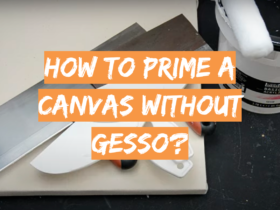




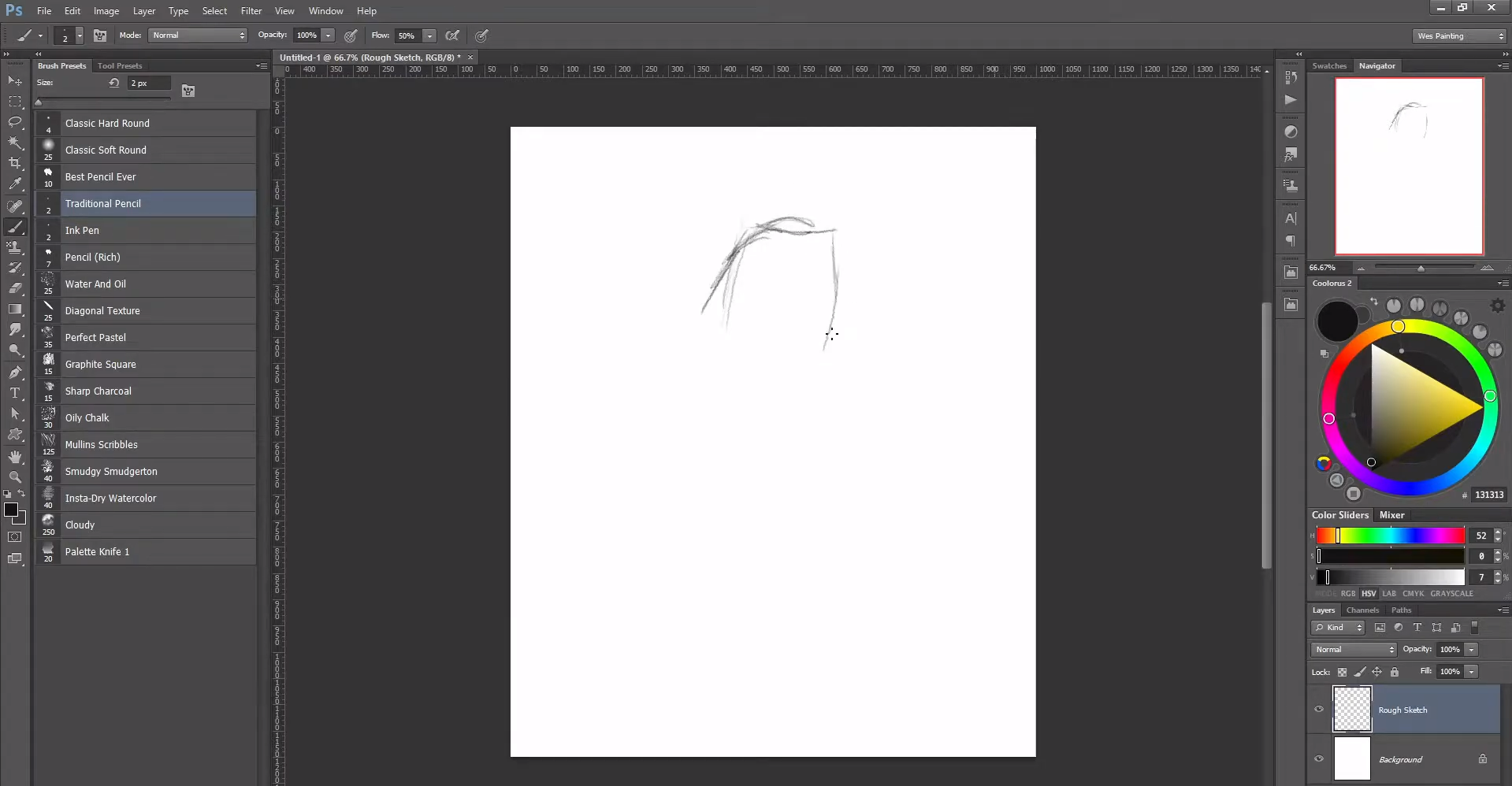
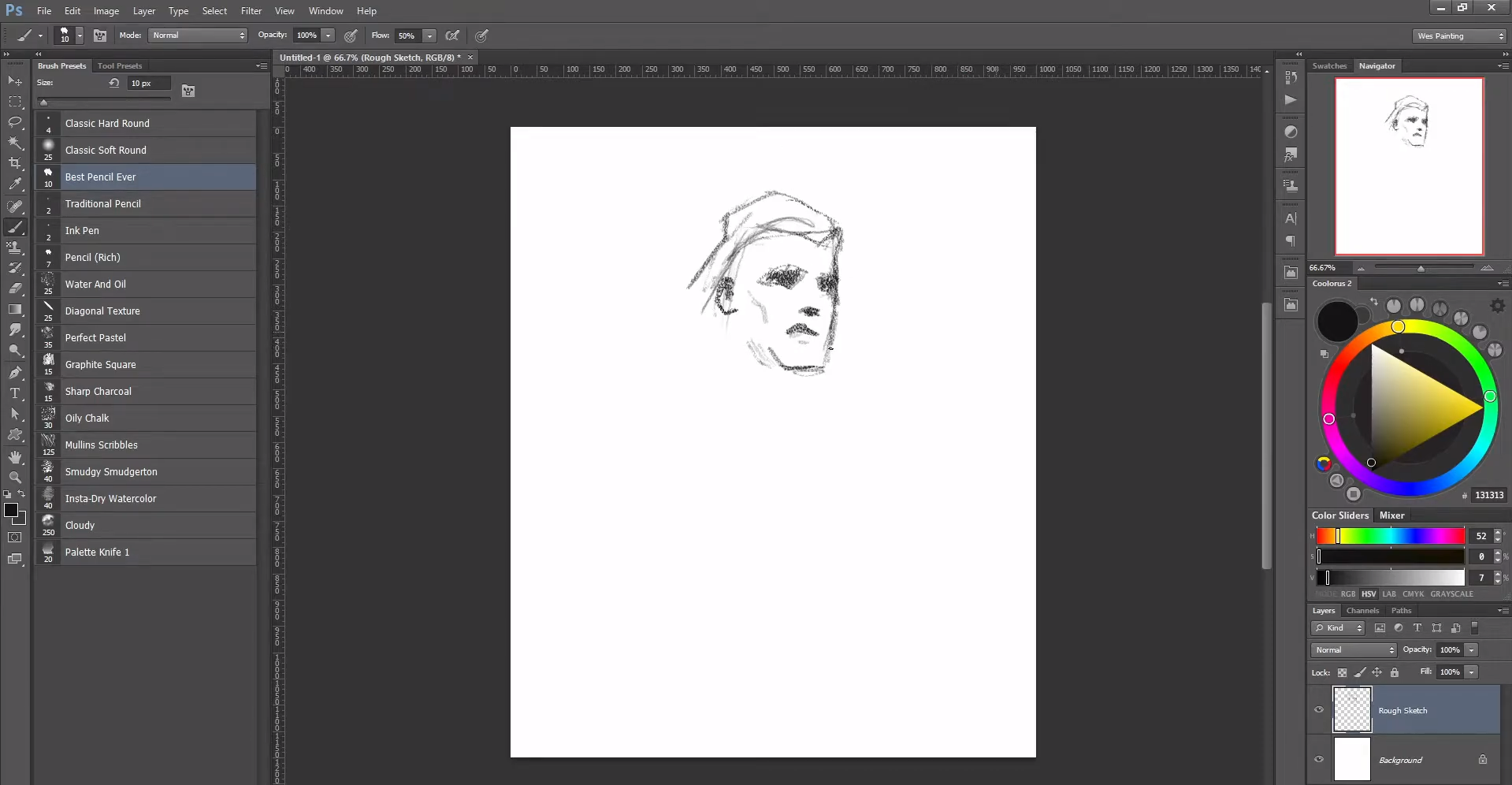
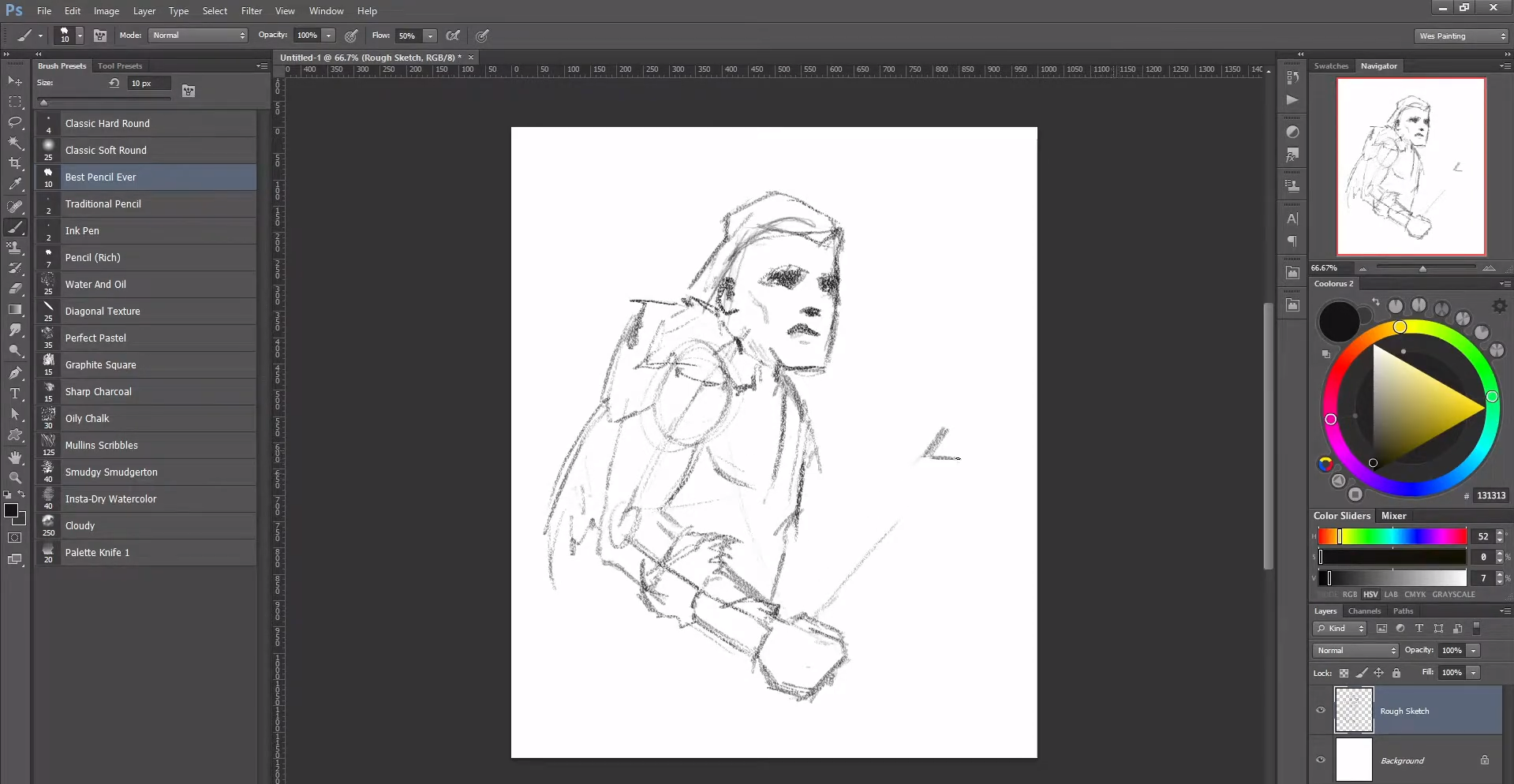
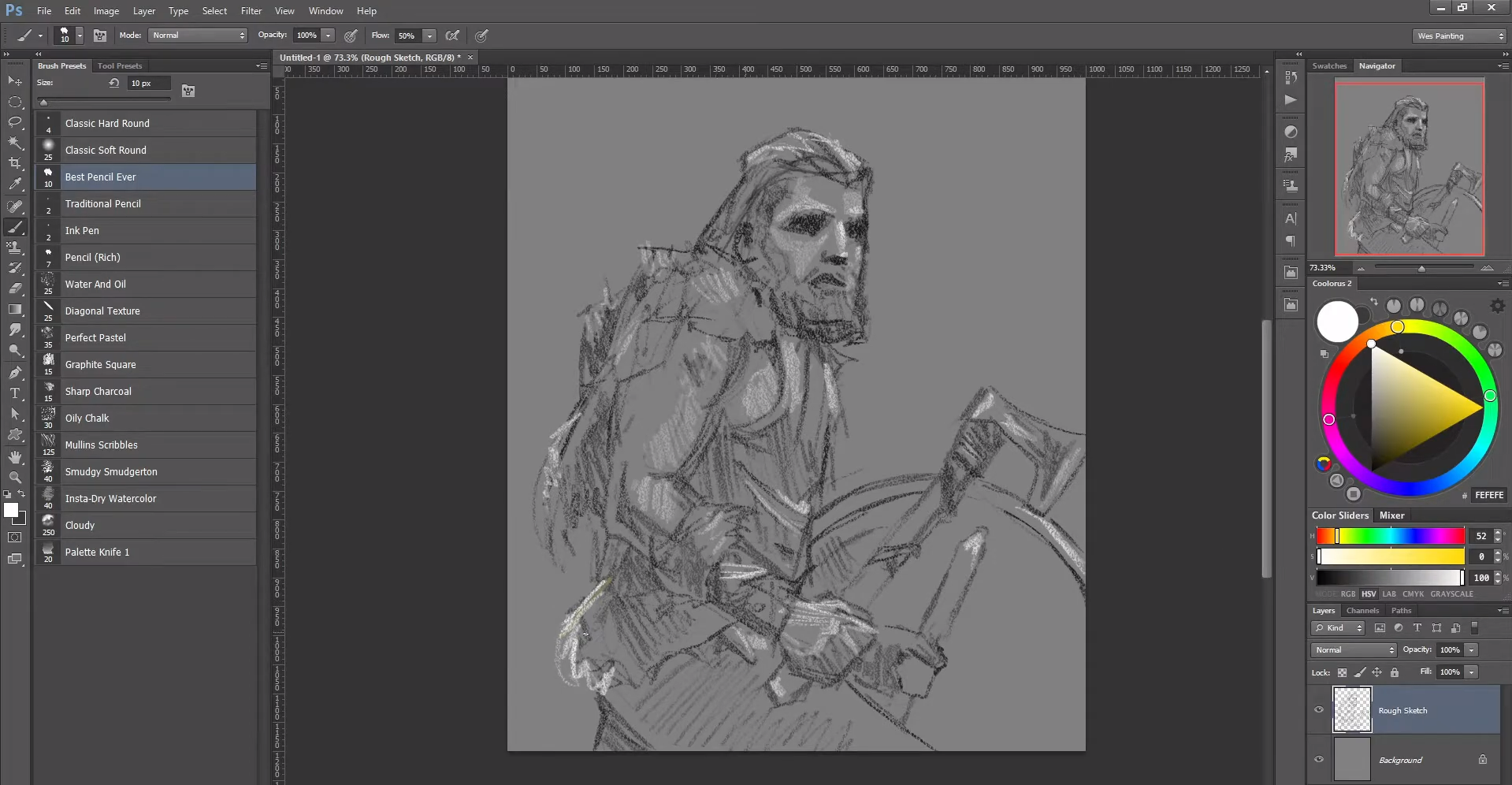

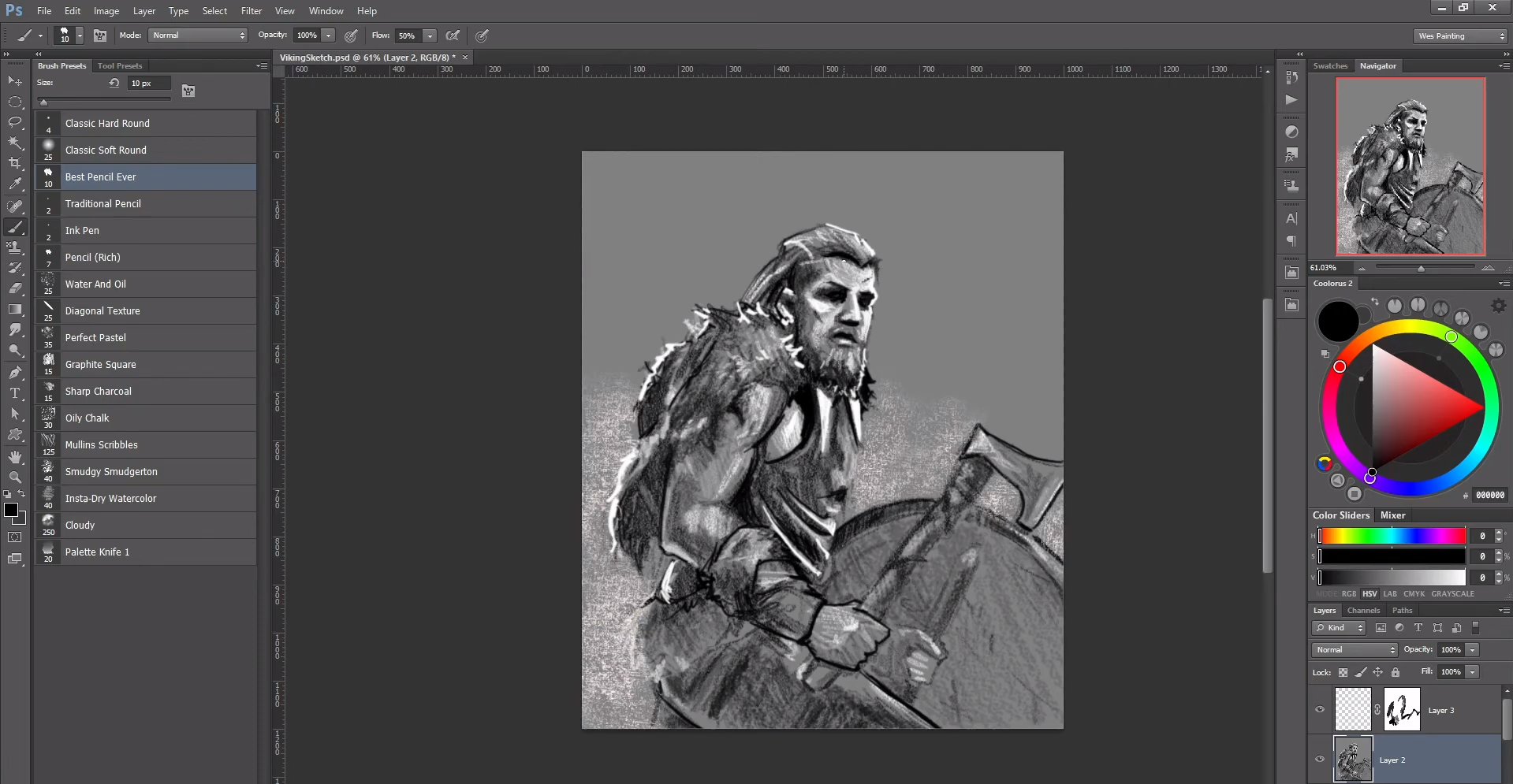
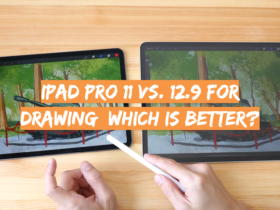
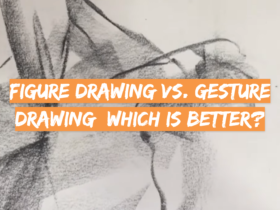
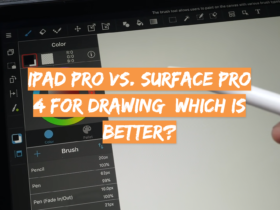
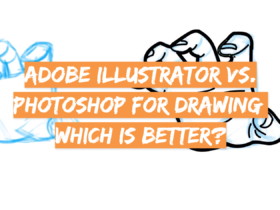
Leave a Review